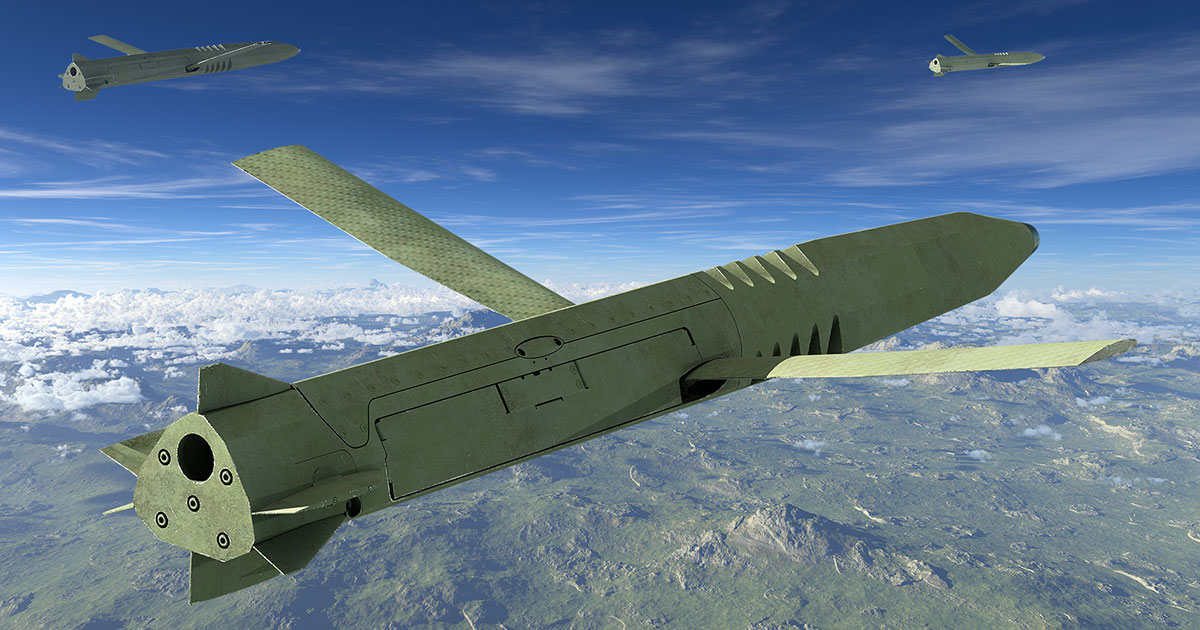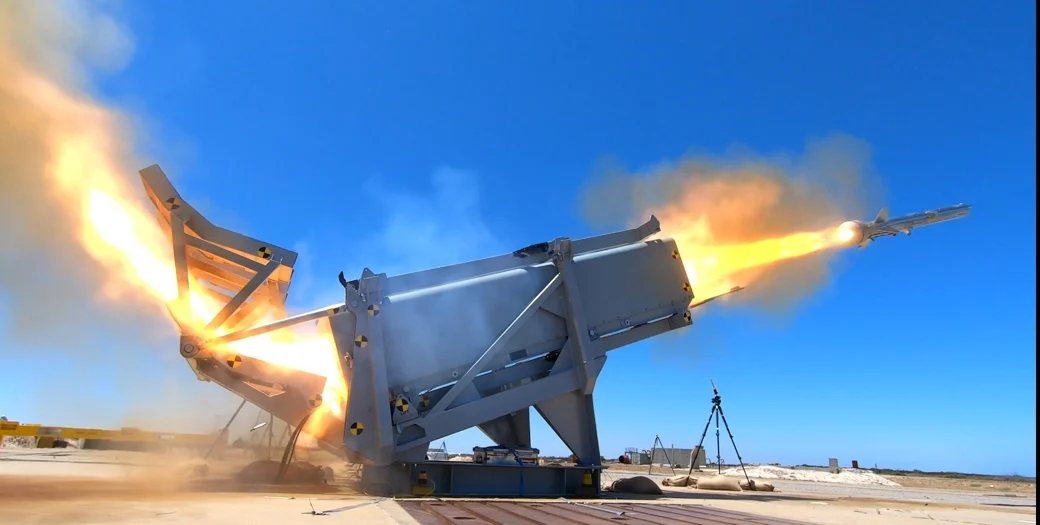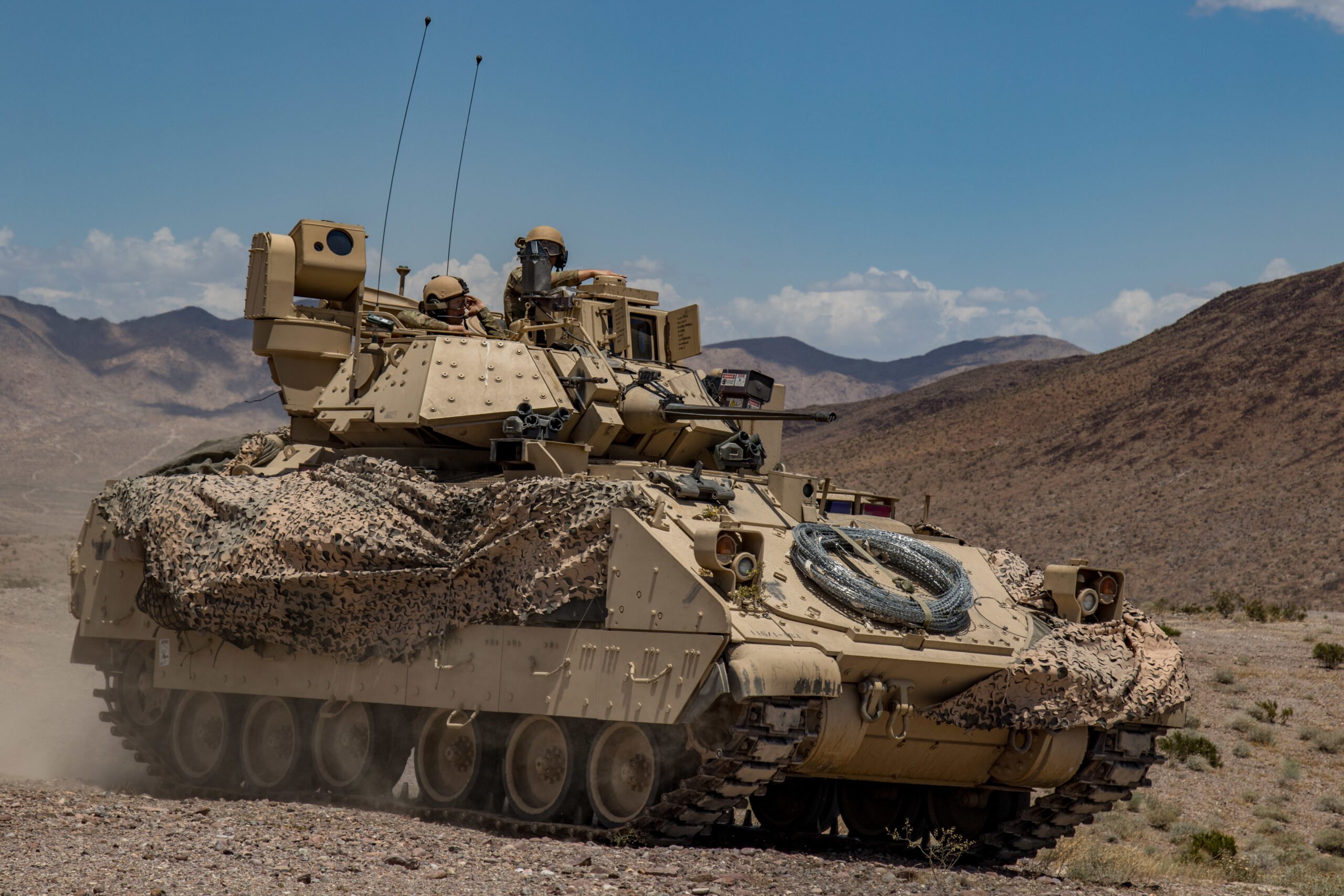The US Navy has officially awarded a contract to General Atomics to advance the development of its Long-Range Maneuvering Projectile (LRMP). This five-year agreement is aimed at enhancing the Navy’s Common Round offensive strike capabilities, with a particular focus on extending the range capabilities of existing 155mm artillery systems.
As part of the initial activities associated with this contract, General Atomics has announced preparations to conduct glide testing for the LRMP prototype at the Dugway Proving Grounds in Utah. This testing is considered a critical first step in validating the performance and effectiveness of the projectile.
Scott Forney, President of General Atomics, emphasized the innovative nature of the LRMP design. He highlighted its potential to provide increased range and maneuverability, as well as improved precision and payload versatility. The projectile is anticipated to support a wide array of missions, notably strike operations as well as Intelligence, Surveillance, and Reconnaissance (ISR) tasks.
The LRMP is engineered to engage both static and mobile targets located beyond 120 kilometers (approximately 74 miles) away, representing a significant advancement in artillery capabilities. “This represents a factor of four increase in range from conventional artillery systems beyond what is currently available today,” stated Forney, underscoring the transformative potential of the LRMP.
A standout feature of the LRMP is its simplified design, which incorporates a shape that enables extended glide ranges without requiring auxiliary propulsion or rocket assistance. This design philosophy not only enhances performance but also ensures that the projectile can be seamlessly integrated with existing artillery systems, preserving compatibility with legacy launchers, autoloaders, and handling equipment.
General Atomics previously unveiled the winged LRMP, specifically designed for 155mm Howitzers, in October 2022. Additionally, the Reuleaux triangle-shaped projectile aligns with the Ramjet-powered shell range being developed under the US Army’s Extended Range Cannon Artillery program, suggesting promising future synergies in artillery technology between branches of the US military.
The commissioning of General Atomics represents a significant step forward in modernizing naval offensive capabilities and enhancing artillery effectiveness in various operational contexts.


















